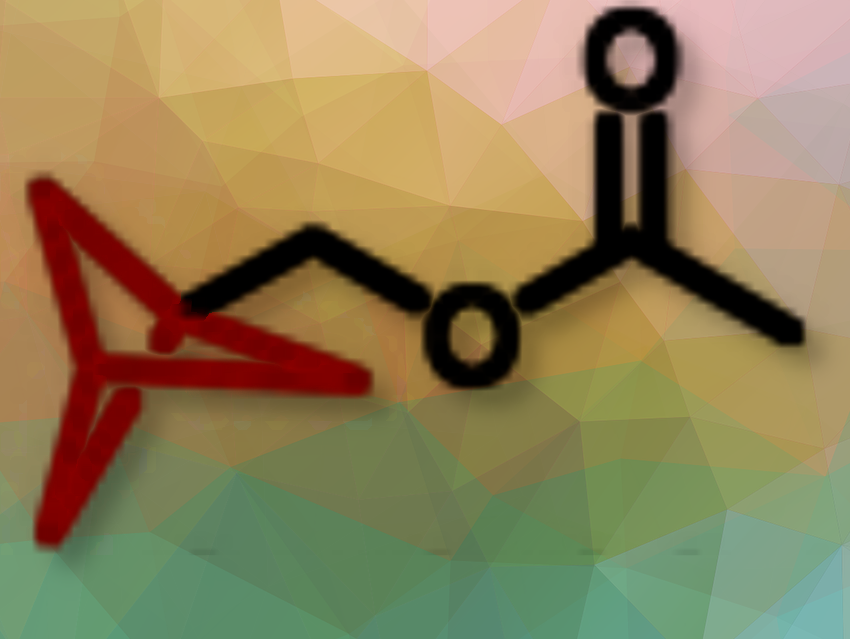Craig Williams, The University of Queensland, Brisbane, Australia, and colleagues have synthesized cubane, bicyclo[1.1.1]pentane (BCP), and bicyclo[2.2.2]octane derivatives of known benzene-containing fragrances to investigate if similar scent characteristics were present between the parent and cage bicyclic bioisosteres.
Bioisosteres are molecules or groups that are structurally similar to another molecule but have different chemical properties. They are used in various fields, particularly in medicinal chemistry and fragrance development, to replace specific functional groups without significantly changing the biological activity or properties of the compound. In this case, the saturated cage bicyclic hydrocarbons (cubane, BCP, and bicyclo[2.2.2]octane) are being used as bioisosteres to replace the benzene ring in fragrance molecules.
The reaearchers found that the olfactory system could easily tell apart benzene and its structural alternatives, meaning these alternatives do not share the same smell. Each derivative maintained a distinct aroma, with some closely resembling the scent of the original benzene-based fragrance, while others produced significantly different odors, some with high intensity. While benzene bioisosteres are not useful for replicating benzene’s scent, they help discover new and unique fragrances, and future research may explore modified structures and computer models for predicting odors.
- Fragrances of Cage Bicyclic Benzene Bioisosteres,
Craig Williams,
Chem Eur. J. 2025.
https://doi.org/10.1002/chem.202404716




